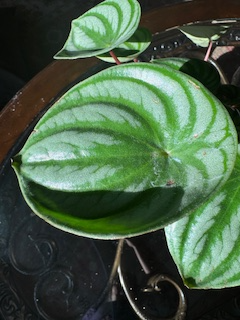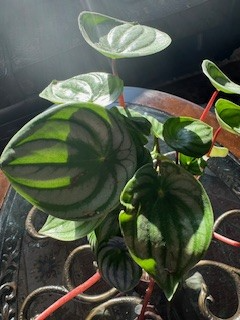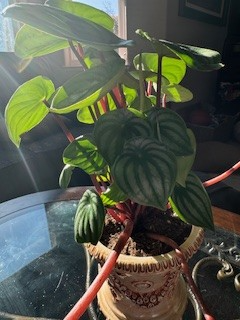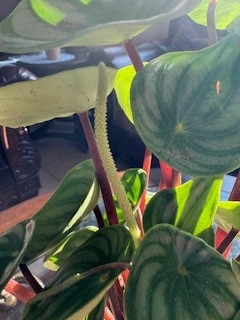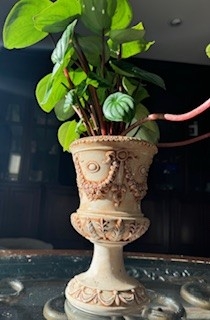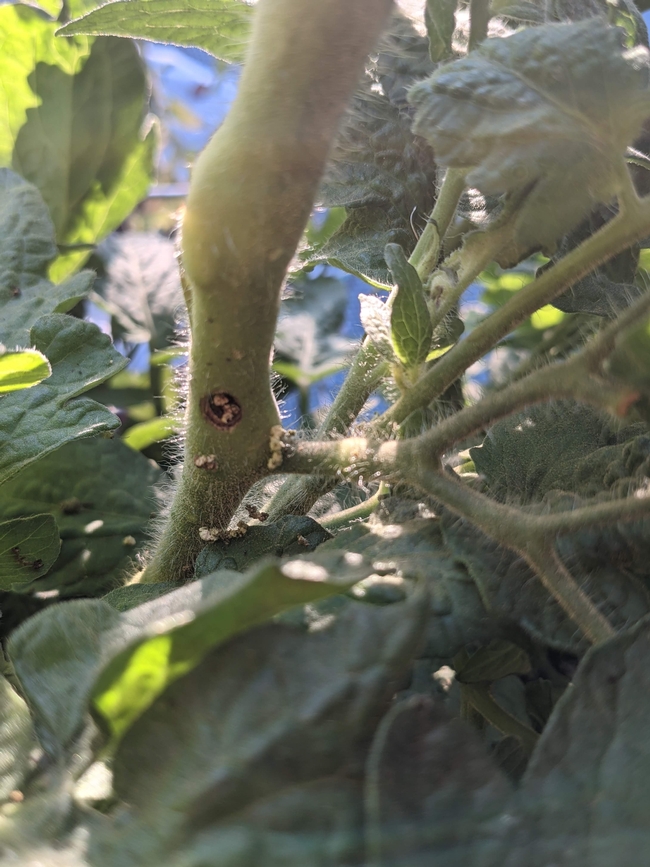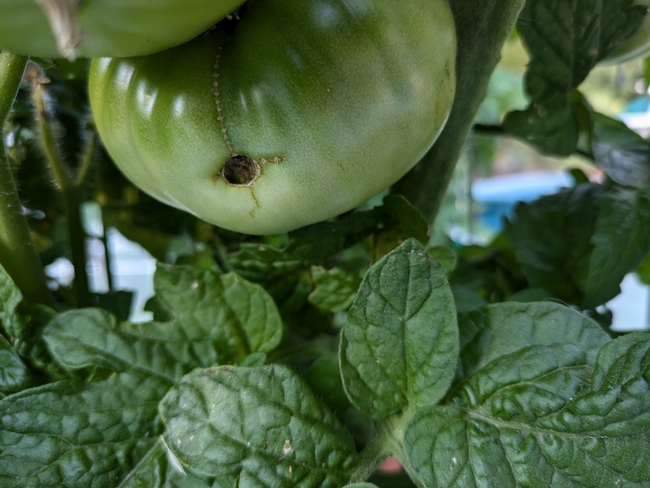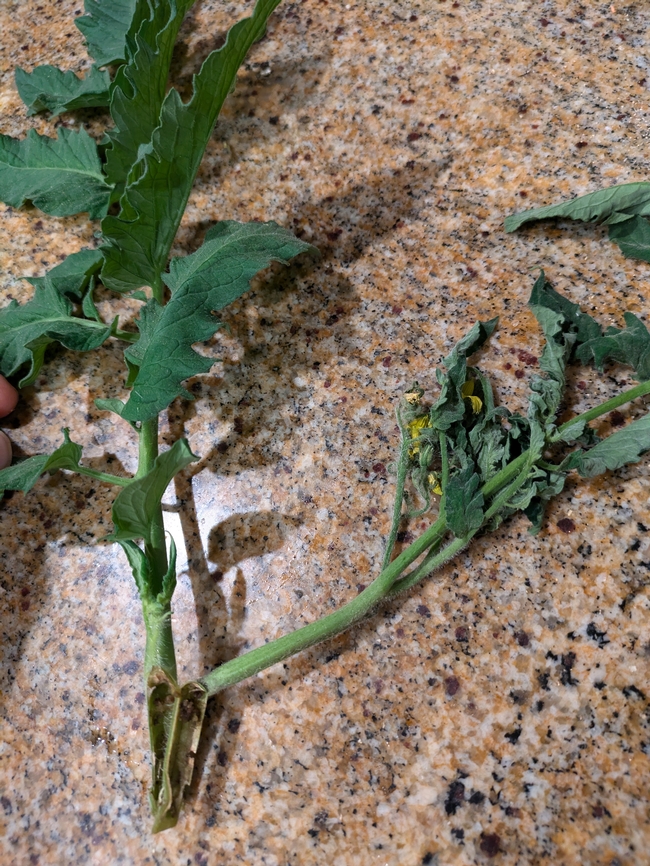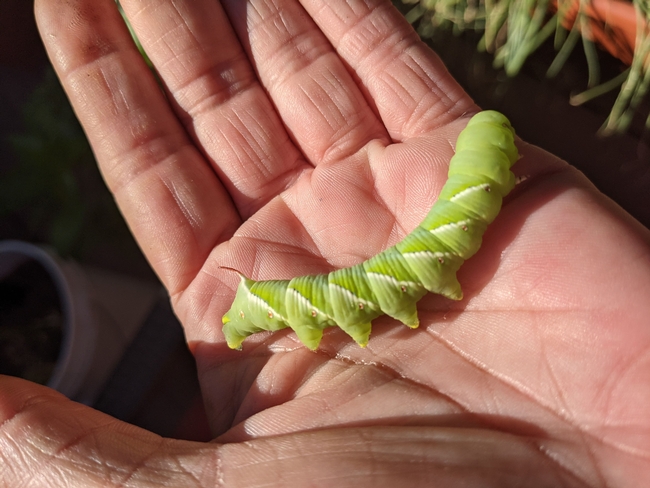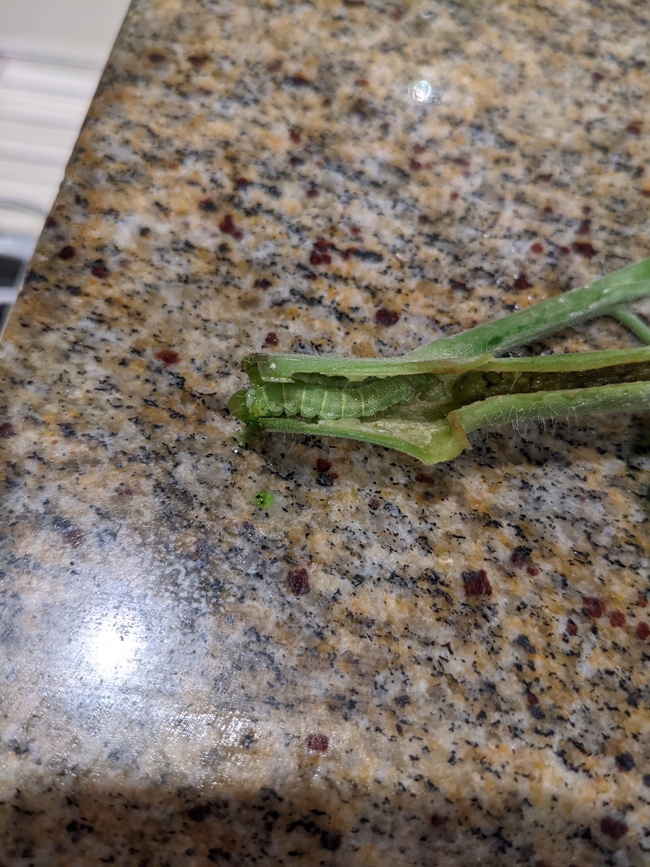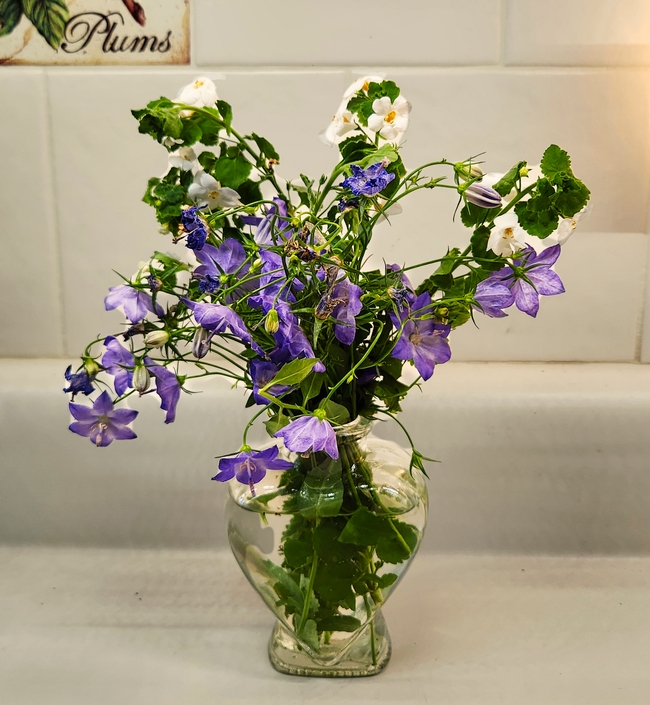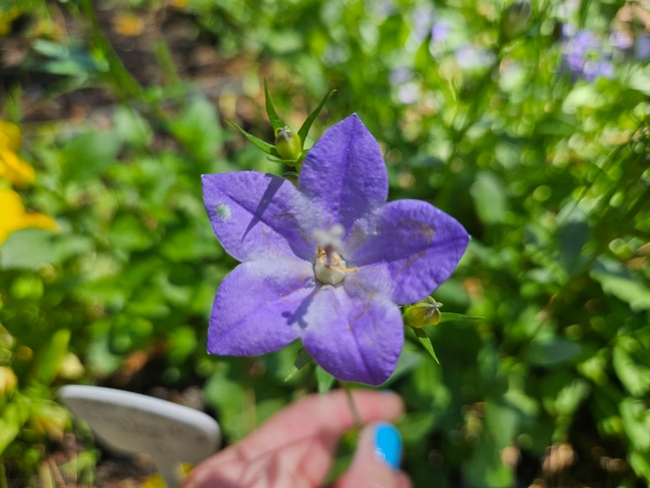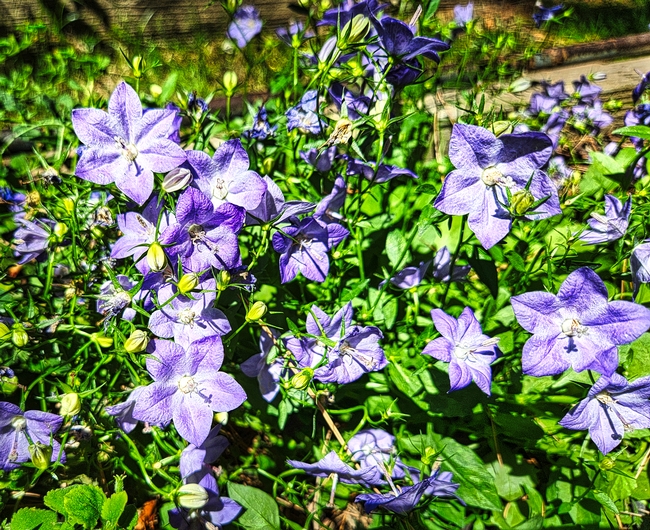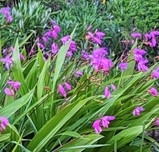- Author: Nanelle Jones-Sullivan
The victims:
In late June, wilting was observed above one stem near the top of the tomato plant. On closer inspection, a hole was bored below the wilting in a single stem and a hole in a nearby tomato.
The autopsy:
Evidence of tunneling and “frass” or caterpillar waste.
The suspects:
They both eat many things and have many aliases.
From the Clemson University Cooperative Extension Service:
“Fruit worms feed on tomato leaves and fruit. Distorted leaves often result when they feed upon the tips of the leaves in the developing bud. Larvae may also bore into stalks or midribs. When fruit is present, larvae enter it soon after hatching. They prefer green fruit and will enter it usually at the stem end, causing extensive direct damage and promoting decay.”
“Hornworms strip leaves from tomato vines. If a heavy infestation develops, these caterpillars also feed on developing fruit. Rather than bore into the fruit, they feed on the surface, leaving large, open scars. Fruit damage, however, is much less common than loss of leaves.”
The verdict: Tomato Fruit Worms
Mechanical control- hand-picking
Biological Control. Beneficial insects Trichogramma spp. (egg parasites), the larval parasite, Hyposoter exiguae, and predators such as Big-Eyed Bug, and Minute Pirate bug. Biological controls also include sprays of Bacillus thuriengiensis and Spinosad.
- Author: Paula Pashby
A couple of years ago, my husband and I decided to convert one of our raised garden beds into a pollinator patch. When we began searching for plants to consider for this space, I was so excited to see that there was a sale at the UC Davis Arboretum and Public Garden (https://arboretum.ucdavis.edu/plant-sales). The plants offered for sale in the garden are grown at the nursery and are well adapted to the local climate, so I was confident that all of my choices would settle well in my garden project.
Many of the plants that we chose were not flowering, but there were photos of what to expect when in full bloom. I always enjoy doing some online research when in midst of a project and I had a bundle of new plants to investigate before planting. I was able to find detailed specifications of each plant, such as the expected height, width, bloom color and texture. This information helped me plan on where to plant in the garden for a color balance.
We watched the pollinator garden grow and develop very healthy foliage. However, we did not have many blooms until just this summer, and what a stunning surprise of color! Our flowers were much more vibrant than what we imagined from photos.
There is one plant that stands out, and it seems to have bloomed overnight, popping with many bell-shaped lavender flowers. This beautiful plant is called Bellflower, Campanula. (Campanula is Latin for “little bell”). The variety we have is calledCampanula 'Cariboo'- BlueBellflower.
This bellflower is a perennial and remains short between 14 and 18 inches, but will spread over the garden. I think it makes a perfect plant for containers, rock gardens, edging, mass plantings, and ground cover. This plant is beneficial for pollinators, will bloom from late spring to late summer, and thrives in full sun or half shade. The plant can handle a clay soil type, and water needs are minimal.
While doing research, I found that there are a number of other bellflower varieties available, such as Wilkins Harebell Campanula wilkinsiana,or theDesertbells Phacelia campanularia. So, there are wonderful choices and colors to consider for your own garden. We love how our seasonal garden turned out and are happy to watch the pollinators doing their thing!
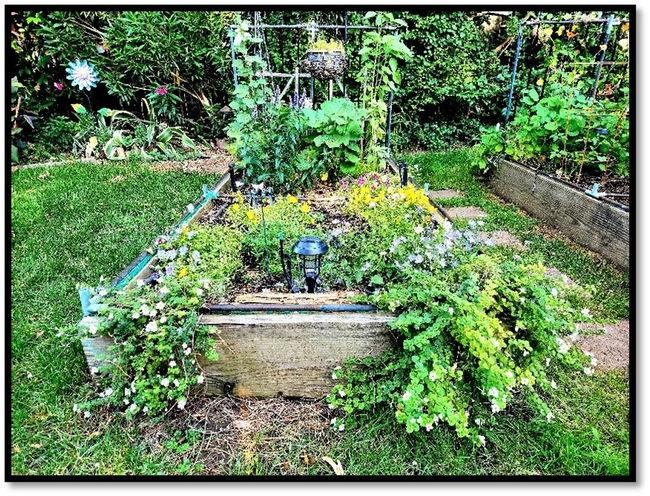
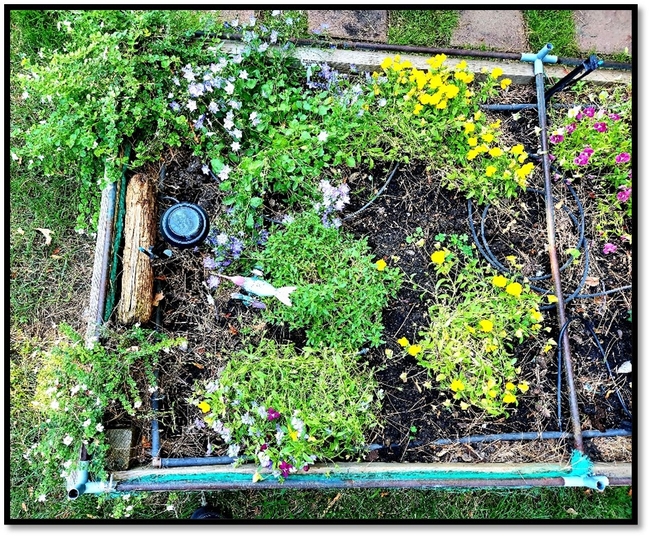
- Author: Michelle Krespi
I've seen Chinese Ground Orchids in my garden before but this year they're extra glorious which inspired me to blog about them. Honesty, before I moved into my house which I bought from an Asian gardener I had never seen nor heard of a “ground orchid.” With these last few years of extraordinary rainfall it seems like they have exploded in my garden, much to my delight!
Bletilla striata is a species of flowering plant in the orchid family Orchidaceae. It is native to Korea, Japan, Myanmar, Tibet and China. It is quite often found growing in clumps along grassy slopes with sandy soil.[1] It is a terrestrial orchid (meaning one that grows in the ground) as opposed to epiphytic orchids that live in tree branches and lithophytic orchids that live in the cracks of rocks.[2] To the right is the clump of orchids that emerged in my garden in this early spring.[3]
This easy to care for, hardy orchid was awarded the prestigious Award of Garden Merit by the Royal Horticultural Society. It grows in clumps reaching 12” to 18” in height and 6” to 12” in width, spreading by creeping rhizomes.[4] It's ideal growing conditions include organically rich, medium moisture, loamy well-drained soil in part shade and part sun, (morning sun and afternoon shade.) This particular orchid is considered the hardiest and was the first one cultivated. Amend the soil with well-composted material prior to planting. After that you can limit fertilization to a less potent, balanced fertilizer, applied once a month. Stop fertilizing and watering when the orchid goes dormant. You can resume when you start seeing new growth in the spring. It is also important to deadhead the spent blooms so the energy can be redirected to the roots for the following years flowers.[5]
If you want to transplant this orchid it is best to wait until it's through flowering but before it enters dormancy. During this period the orchid will have leaves but no flowers. If you try transplanting during it's flowering season the flowers will fall off early! It will also need routine pruning every year especially when the leaves die down to the ground. This will make way for new growth in the spring. In my garden they sprung up this month in greater numbers which was my reward for taking care of them during the year.
In summation this hardy orchid is a garden must. They grow in the soil, can remain outdoors year round (as long as the temperature doesn't drop below freezing), have few pest problems, are relatively low maintenance and are beautiful when in bloom! Try it, you'll like it!!
[1] Wikipedia- Bletilla striata
[2] www.sciencedirect.com- Physiological diversity of orchids
[3] All photos were taken by the author from her garden
[4] Definition of a rhizome- a rootlike, often thickened and usually horizontal underground plant stem that produces shoots above and roots below. Rhizomes store food for the plant and transport water and nutrient to other parts of the plant. Also called a creeping root stalk.
[5] Gardening Know How- Hardy Orchid Plants: Growing Hardy Orchids in the Garden
- Author: Karen Metz
Early in June, we had the opportunity to visit the backyard of a friend who had lived in Fairfield for about fifty years. He is the only living, original owner left in his neighborhood. His space is shaded by a patio cover and multiple trees. He has some jade plants on his patio that he estimates to be at least thirty years old. They have massive, thick trunks.
But what stood out from all the rest was a large shrub that filled the corner of his backyard. It had impressive clusters of pink, tubular, petaled flowers. My friend told me the plant had been his deceased wife's pride and joy. He couldn't remember its name, though. I used one of the plant ID apps and found that it was Justicia carnea. Some of its common names are delightful: Brazilian Plume Flower, Flamingo Flower or King's Crown. It is in the Acanthaceae family and had once been in the Jacobinia genus but was changed to Justicia genus. It is native to a few South American countries.
The plant is sensitive to frost but can be grown in USDA Zones 8B-11 and Sunset Zones 8, 9, 13-24, H1 and H2. In areas outside these zones, many people grow them as houseplants that they bring outside in the summer. Justicia carnea likes rich soil, moisture, and shade to partial shade. The flowers bloom from midsummer to fall and come in red, pink, yellow, orange, and apricot colors. The blooms attract hummingbirds.
The shrub is evergreen with dark green leaves. The plant can be three to seven feet tall and three feet wide. If it needs to be pruned to stimulate growth, do so in early spring. Any later than that, and you will not have any flowers that year.
I don't think this plant would work in my sunny, hot yard unless I went the houseplant route. My husband would probably not be amenable to any more houseplants. But with its tropical but vintage vibe this plant has just resonated with me. I sure hope my friend will let me visit.
For more information on Justicia carnea please see the Sunset Western Garden Book and the wonderful plant sheet by Edward Gilman. http://edis.ifas.ufl.edu//publication/FP308
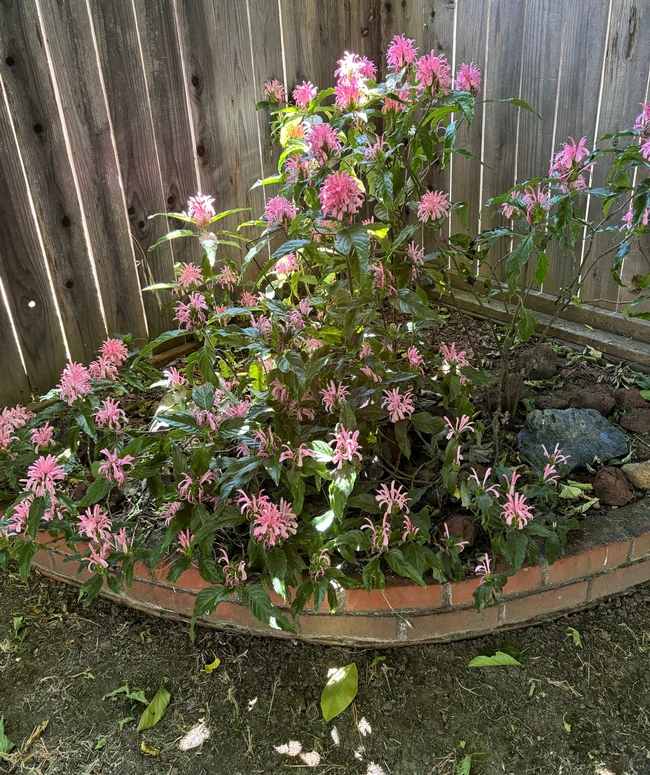
- Author: Jennifer DeDora
The leaves of this unique-looking house plant really do look like the rind of a ripe watermelon. The stems are also reminiscent of the fruit-they are a rich red, just like the edible flesh of a ready-to-eat watermelon. I purchased this houseplant as a gift to myself, and I'm very happy I did. I was strolling through the houseplant section of a Davis store and just had to have it!
In my research on how to care for this plant, I discovered it is a bit like Goldilocks, and it likes everything “just right”. It thrives in soil that is not too wet nor too dry and needs sunlight that is abundant, but not too direct. The temperature of an air-conditioned house is ideal. Interestingly, it prefers to be a bit rootbound rather than in a container with abundant space, so pick a receptacle that is just the right size for the plant right now.
The cream-colored flowers that form during the summer months are simple, straight up and down, and pretty understated. The real attraction of this plant is its foliage. My Peperomia is thriving on my living room coffee table in a cute container I've been trying to fill with just the perfect plant for many years now. This Watermelon plant seems to be the one!
